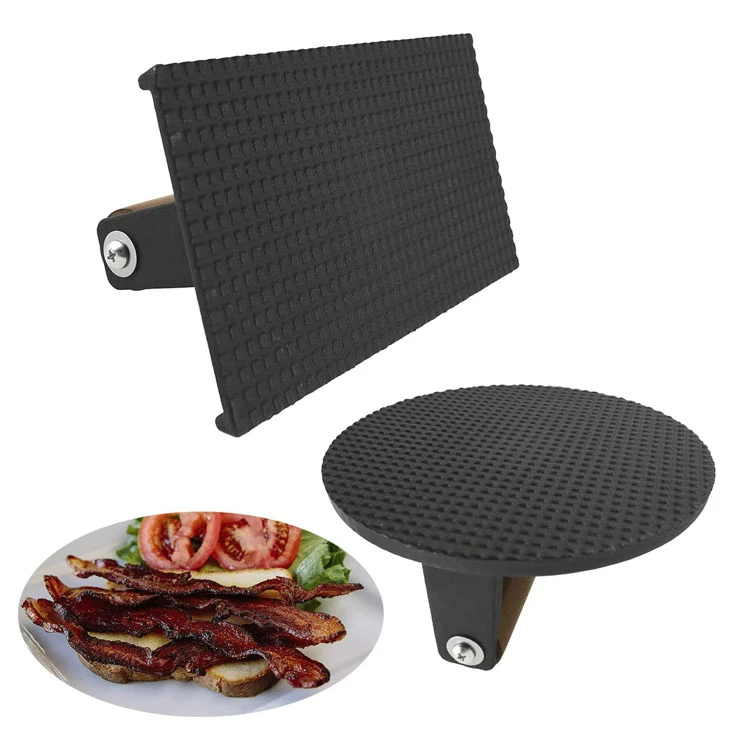
cast iron vs cast iron enamel
Cast Iron vs. Cast Iron Enamel A Comprehensive Comparison
When it comes to cookware, few materials are as revered as cast iron. With its ability to retain heat and develop a natural non-stick surface when properly seasoned, cast iron has been a staple in kitchens for centuries. However, in recent years, cast iron enamel, also known as enameled cast iron, has gained popularity for its aesthetic appeal and practicality. This article will compare these two variants, highlighting their characteristics, benefits, and drawbacks.
What is Cast Iron?
Cast iron is a type of cookware made from molten iron that is poured into molds and allowed to cool. It is known for its superior heat retention and even heat distribution, making it an excellent choice for searing, sautéing, baking, and frying. Traditional cast iron skillets and Dutch ovens require seasoning, which involves coating the surface with a layer of oil and heating it to create a natural non-stick finish. This process also protects the metal from rust.
One of the primary advantages of cast iron cookware is its durability. With proper care, it can last for generations, acquiring a rich patina that enhances the flavor of dishes over time. However, unseasoned cast iron can react with acidic foods, leading to metallic flavors and discoloration. Additionally, it is typically heavier than other materials like aluminum or stainless steel.
What is Cast Iron Enamel?
Cast iron enamel cookware is made from cast iron that has been coated with an enamel glaze. This glaze provides a smooth, non-porous surface that prevents rust and eliminates the need for seasoning. Enameled cast iron comes in various colors and styles, adding aesthetic value to your kitchen. Brands like Le Creuset and Staub have popularized this type of cookware, making it a fashionable choice for both professional and home chefs.
Enameled cast iron retains the heat distribution benefits of traditional cast iron while offering the added advantage of being easier to clean. The non-stick surface allows for effortless food release, making it suitable for cooking acidic dishes without any adverse reaction. However, it’s worth noting that while the enamel layer increases convenience, it can be susceptible to chipping and may require gentler cleaning methods to maintain its appearance.
cast iron vs cast iron enamel

Comparison
Heat Retention and Distribution Both cast iron and enameled cast iron excel in heat retention and distribution. However, traditional cast iron conducts heat slightly better due to the direct contact of food with the iron itself.
Cleaning and Maintenance Traditional cast iron requires seasoning and requires more careful cleaning to prevent rust. In contrast, enameled cast iron is easier to clean and doesn’t require seasoning, making it more user-friendly for novice cooks. However, abrasive scrubbing tools can damage the enamel, so caution is necessary.
Versatility Both types of cookware are versatile, suitable for stovetop, oven, and even grill use. Nevertheless, enameled cast iron's ability to accommodate acidic ingredients without reacting places it at an advantage for certain recipes.
Aesthetics Enameled cast iron is available in a variety of vibrant colors and elegant designs, allowing it to double as serving ware. Traditional cast iron has a more rustic charm but is less visually appealing for serving.
Cost Typically, enameled cast iron is more expensive than traditional cast iron due to the additional manufacturing processes involved in applying the enamel coating. For those on a budget, classic cast iron pieces offer great value and excellent performance.
Conclusion
When selecting between cast iron and cast iron enamel, the decision ultimately hinges on personal preference and cooking needs. Traditional cast iron offers unparalleled durability and heat performance for those willing to invest time in maintenance. On the other hand, enameled cast iron provides a contemporary, low-maintenance option that appeals to a broader audience. Both types of cookware can be valuable additions to any kitchen; understanding their differences will help you make an informed choice that aligns with your culinary style.
-
Extra Large Round Cast Iron Griddle - Heavy Duty Griddle Plate for Even Heating & Versatile CookingNewsJun.10,2025
-
Top Brands of Cast Iron Cookware Durable & Versatile Cast Iron Skillet BrandsNewsJun.10,2025
-
Enamel Coated Cast Iron Pot Durable, Non-Stick & Even Heat CookingNewsMay.30,2025
-
2 Quart Dutch Oven Durable Cast Iron, Even Heating & VersatileNewsMay.30,2025
-
Best Chinese Wok Price Authentic Iron Pans, Fast Shipping & DealsNewsMay.29,2025
-
Non-Stick Cast Iron Skillet with Lid Durable & Easy-Clean PanNewsMay.29,2025


